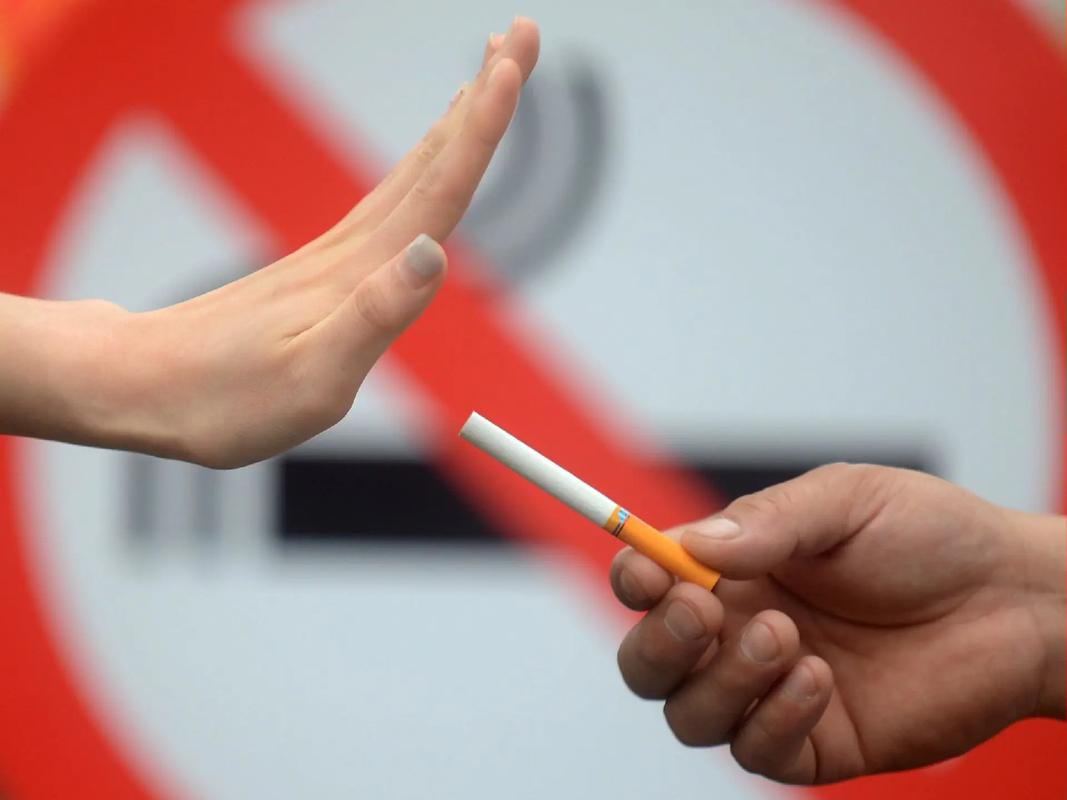A Vaper's Guide: How to Check and Understand Your E-Liquid Ingredients for a Safer Experience
So, you’ve decided to take control of your vaping journey. That’s fantastic! Whether you're a newcomer curious about what you're inhaling or a seasoned vaper looking to refine your choices, understanding what's in your vape juice is one of the most empowering steps you can take. The world of e-liquids can seem complex, with an alphabet soup of ingredients and flashy marketing. But fear not—learning how to check vape juice ingredients is simpler than it seems, and it’s the key to a more enjoyable and informed vaping experience.
This guide is designed to be your one-stop resource. We'll walk through where to find the ingredient list, decode what each component means for your health and satisfaction, identify what to avoid, and empower you to make confident choices. Let's demystify your e-liquid, one ingredient at a time.
Start with the Source: Where to Find the Ingredient List
The first step in your investigative journey is locating the information. Reputable manufacturers are transparent about their products.
- The Physical Bottle: This is the most immediate place to look. Turn the bottle over. You should find a label that lists the contents. Legitimate brands, especially in regions with strict regulations like the UK and EU, are required to list all ingredients. The print can sometimes be small, so don't be afraid to squint or use your phone's magnifier!
- The Manufacturer's Website: If the bottle label is sparse, your next stop should be the company's official website. Look for the specific product page for your e-liquid. Reputable companies often provide detailed ingredient breakdowns, including lab reports or Certificates of Analysis (CoAs).
- The Packaging Box: Don’t toss the box immediately! Often, due to the small size of the bottle, additional information, warnings, and the full ingredient list are printed on the outer packaging.
If you've checked all these places and still can't find a clear, concise list of ingredients, consider it a red flag. A company that isn't transparent about what's in its vape juice may not be one you can trust.

The Core Four: Deconstructing Standard E-Liquid Ingredients
Nearly all vape juices are comprised of a base mixture of four primary ingredients. Understanding these is fundamental to knowing what you're vaping.
- Propylene Glycol (PG): This is a colorless, odorless liquid that is used in various food and pharmaceutical products. In e-liquid, PG serves a few key functions. It's a flavor carrier, meaning it helps deliver the taste more intensely to your palate. It also provides what vapers call the "throat hit"—that slight sensation in the back of your throat that many former smokers find satisfying. PG is a thinner liquid than its counterpart.
- Vegetable Glycerin (VG): Also a common food and cosmetic additive, VG is a thicker, slightly sweet liquid. It is responsible for producing the dense, billowy clouds of vapor that many cloud-chasers love. Because of its natural sweetness, it can slightly mute sharp flavors. E-liquids with a higher VG ratio (e.g., 70% VG/30% PG) are smoother on the throat but require more powerful devices to vaporize effectively.
- Pharmaceutical Grade Nicotine (Optional): This is the addictive stimulant found in tobacco, purified to a high standard for use in e-liquids. It's crucial that the nicotine used is of pharmaceutical grade to ensure purity. The strength is measured in milligrams per milliliter (mg/mL) or as a percentage. For example, 6 mg/mL is a 0.6% nicotine concentration. You'll see options ranging from nicotine-free (0mg) to high strengths for heavy smokers. The nicotine salt e-liquid ingredients are a variation here; they use a different form of nicotine (benzoic acid is added) that allows for a smoother throat hit at higher strengths, making them popular in pod systems.
- Food-Grade Flavorings: This is where the magic and mystery often lie. The flavorings used are concentrated, water-soluble compounds that are approved for human consumption in food. However, it's important to note that "food-grade" doesn't automatically mean "safe for inhalation." This is the area where manufacturer transparency is most critical. Reputable companies use flavorings from trusted suppliers and avoid those known to be harmful when heated and inhaled.
Going Beyond the Basics: What to Look For and What to Avoid
Now that you know the main players, let's talk about safety and quality. Checking the ingredients isn't just about confirming PG and VG are present; it's about spotting potential hazards and understanding quality markers.
The "Avoid at All Costs" List:
- Vitamin E Acetate: This substance gained notoriety during the EVALI (E-cigarette or Vaping use-Associated Lung Injury) outbreak. It is a thickening agent that is safe for topical use but is strongly linked to severe lung injury when inhaled. It was primarily found in illicit THC vaping products, but its presence underscores the importance of buying from reputable sources. Identifying harmful ingredients in vape juice starts with knowing this one. Any legitimate nicotine e-liquid should never contain Vitamin E Acetate.
- Diacetyl and Related Compounds (Acetoin and Acetyl Propionyl): Diacetyl is a flavoring compound used to create buttery or creamy notes, like in custards and desserts. While safe to eat, it has been linked to a serious lung disease called "popcorn lung" when inhaled in large industrial quantities. The vast majority of responsible e-liquid manufacturers proudly label their products as "Diacetyl-Free." When checking ingredients for creamy flavors, look for this assurance.
The "Signs of a Quality Product" List:
- USP/Kosher Grade PG and VG: The highest quality e-liquids use USP (United States Pharmacopeia) grade PG and VG. This certification guarantees a high level of purity and consistency.
- Transparent Flavor Listing: While companies don't reveal their secret recipes, they should be clear about what types of flavorings they use and commit to not using known harmful ones. Phrases like "fully certified ingredients" and "lab-tested flavorings" are good signs.
- Child-Resistant Caps: This is a basic but non-negotiable safety feature, especially for homes with children or pets.
- Batch Numbers and Expiry Dates: Like any consumable product, e-liquid has a shelf life. A batch number allows for traceability, and a "born on" or "best before" date ensures you're getting a fresh product.
How to Verify E-Liquid Purity and Read Between the Lines
You have the list in your hands. Now what? Here’s how to analyze it for your e-liquid safety check.
- Look for Simplicity: A high-quality e-liquid ingredient list should be short and understandable. It should read something like: "Propylene Glycol, Vegetable Glycerin, Nicotine, Natural and Artificial Flavorings." Beware of long lists of complex chemical names you don't recognize.
- Search for Lab Reports (CoAs): The gold standard for verifying e-liquid purity is the Certificate of Analysis. This is a document from an independent, third-party laboratory that confirms the contents of the e-liquid. It verifies the stated nicotine strength, the PG/VG ratio, and, most importantly, tests for the presence of harmful contaminants like heavy metals (from the coil), diacetyl, and other impurities. Not all companies provide these easily, but those that do are often the most trustworthy.
- Understand the PG/VG Ratio: This isn't just a technical detail; it's central to your experience. Understanding PG/VG ratios in vape juice helps you match your e-liquid to your device and preference.
- High PG (e.g., 50% PG/50% VG or 60% PG/40% VG): Better for smaller, lower-wattage devices like pod systems. Provides a stronger throat hit and more intense flavor.
- High VG (e.g., 70% VG/30% PG or Max VG): Better for larger, more powerful sub-ohm devices. Produces massive clouds and a smoother inhale.
- Research the Brand: A quick online search can tell you a lot. Look for reviews, forum discussions, and the company's history. Do they have a positive reputation? Do they engage with their community? Do they openly discuss their manufacturing standards and ingredient sourcing? This is a critical part of choosing the right vape juice for your device.
Your Personal Vaping Journey: Putting It All Together
Ultimately, checking your vape juice ingredients is a personal responsibility that pays off in safety and satisfaction. It allows you to:
- Avoid allergens: Some people may have a sensitivity to PG, experiencing a dry throat or mild irritation. By checking the ingredients, they can opt for a high-VG blend.
- Control your nicotine intake: Accurately knowing the nicotine content helps you manage your intake and potentially step down your nicotine level over time if you wish.
- Find your perfect flavor profile: Understanding how PG carries flavor and VG adds sweetness helps you choose e-liquids that will taste best to you.
- Vape with confidence: The peace of mind that comes from knowing you are using a pure, well-made product from a transparent company is invaluable.
Your vaping experience is unique to you. By taking a few moments to become an informed consumer, you move from simply buying a product to curating an experience that is safer, more enjoyable, and perfectly tailored to your needs. So next time you pick up a bottle, take control. Turn it over, read the label, and know exactly what you're choosing. Happy and informed vaping











